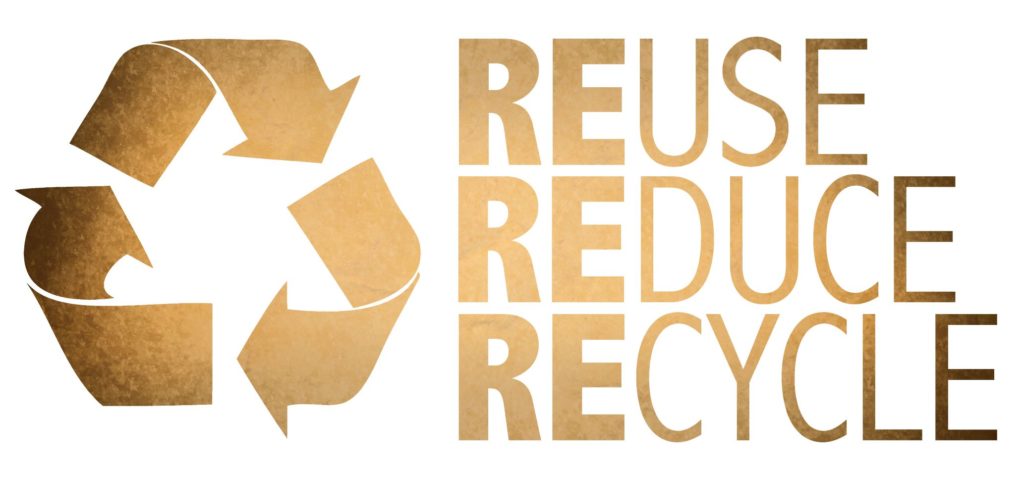Recycling – Is it Worth It?
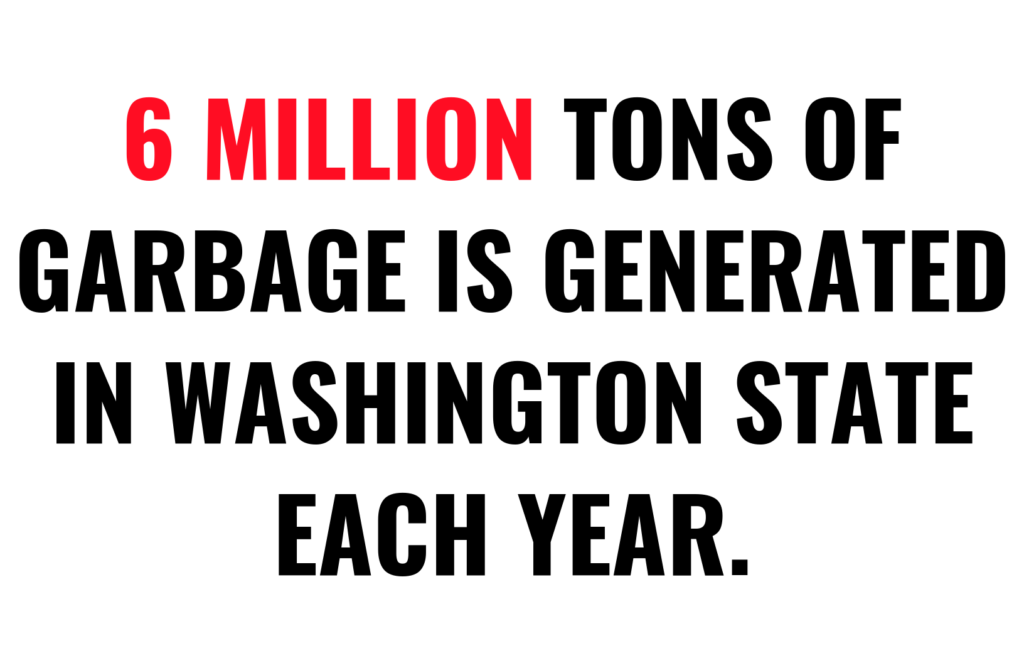
What Happen Over Time
Landfills are places where waste is buried and covered by soil. Those created from 1900 to 1960 (with some still in use today) often contain industrial chemicals (solvents, oils, insecticides, and heavy metals), chemicals from household trash, manufacturing wastes, mining tailings (some radioactive), and medical wastes.
Metals never decompose and most hazardous chemicals do not degrade when buried. Organics, such as food wastes and paper, decompose into carbon dioxide and methane.
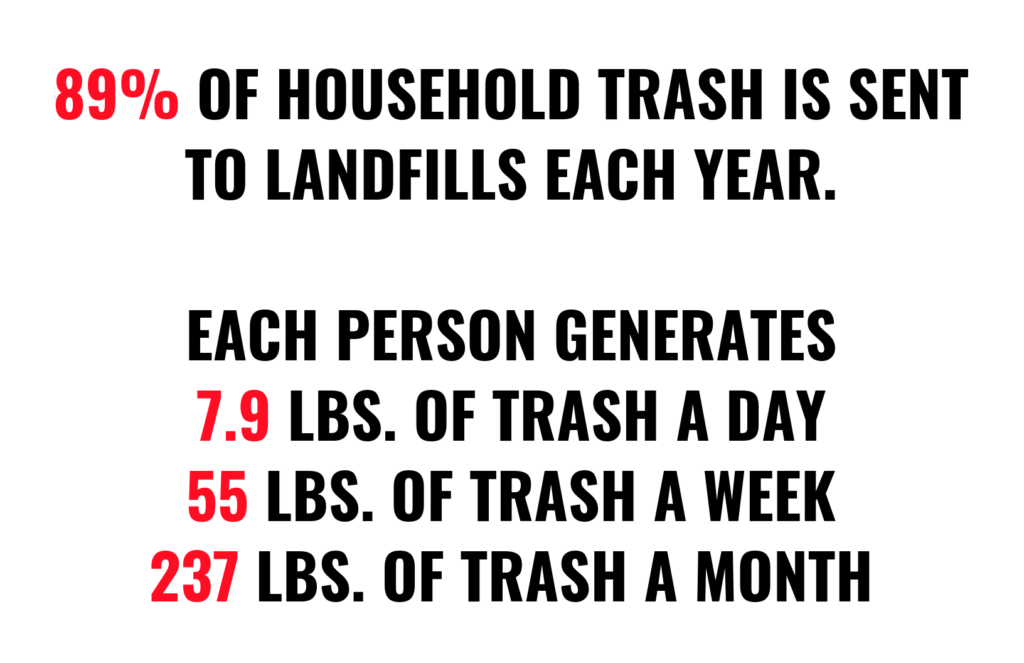
Some landfills are drilled to extract the gas. Older landfills typically have no containment layer of material placed under or over the waste. Modern landfill design use clay and artificial membranes to contain, collect and divert liquids. Rain can also infiltrate and become “landfill tea”, a mixture of chemicals. That “tea”, or landfill leachate, flows downward toward groundwater or rivers or lakes unless retained. Captured leachate has to be treated to make it safe for disposal.
EVERY landfill will start to leak eventually. Hanford’s contaminated dirt landfill should not leak for 10,000 years.
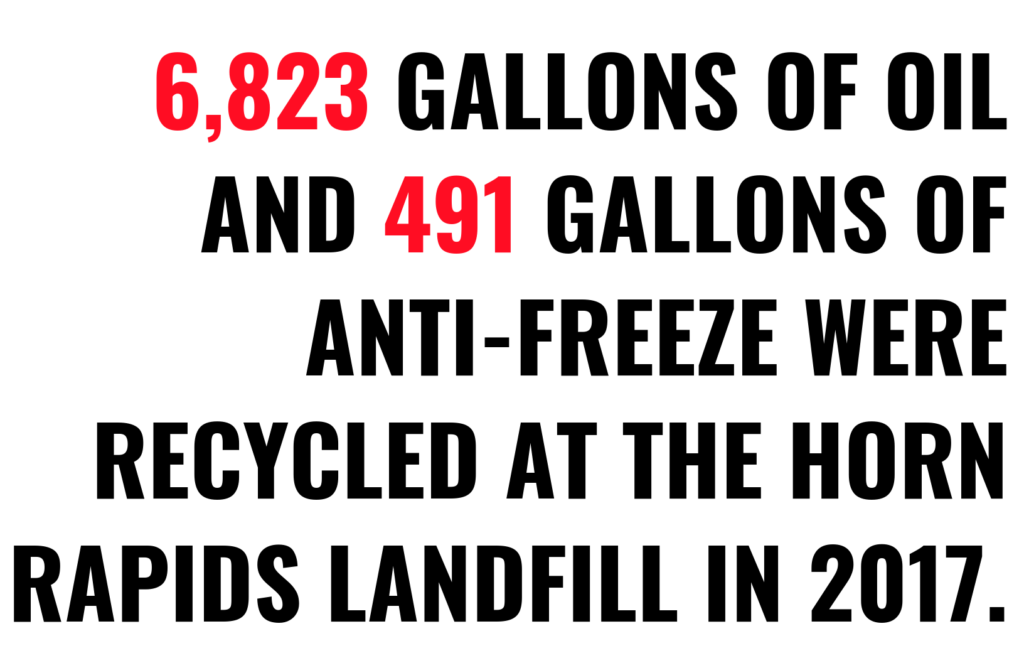
Antifreeze and oil are regulated as a dangerous waste because they may contain lead and other hazardous contaminants. They can also cause corrosion because they become acidic over time. Both can be recycled to produce new fluid if processed correctly.
WHAT DO THE NUMBERS ON THE PLASTIC CONTAINERS MEAN
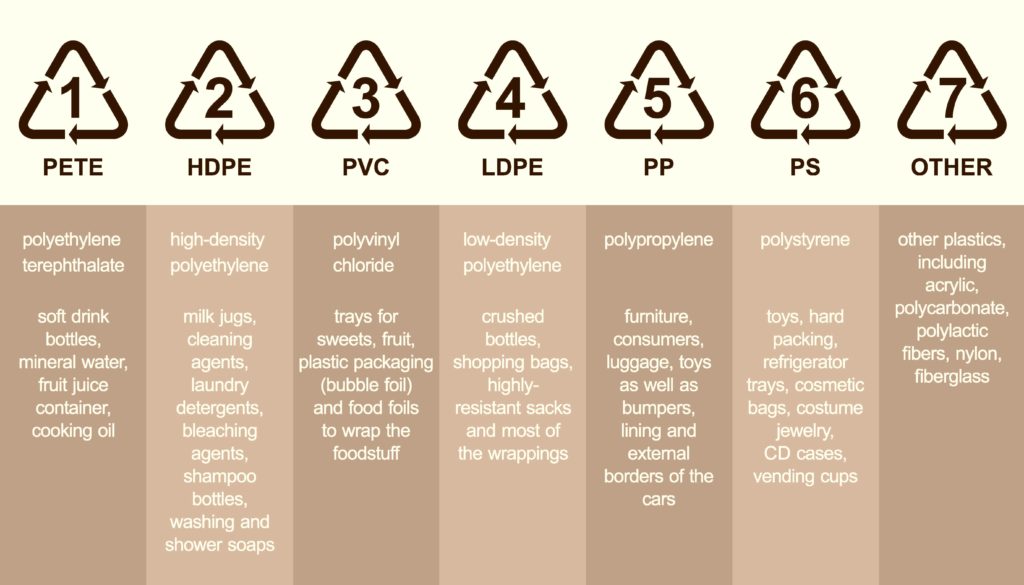
Rings and Lids should be removed before recycling the plastic container. They usually have a higher melting point and can ruin an entire batch of plastic during processing.
Labels can be recycled with paper, but stickers (including address labels) should be removed before recycling.
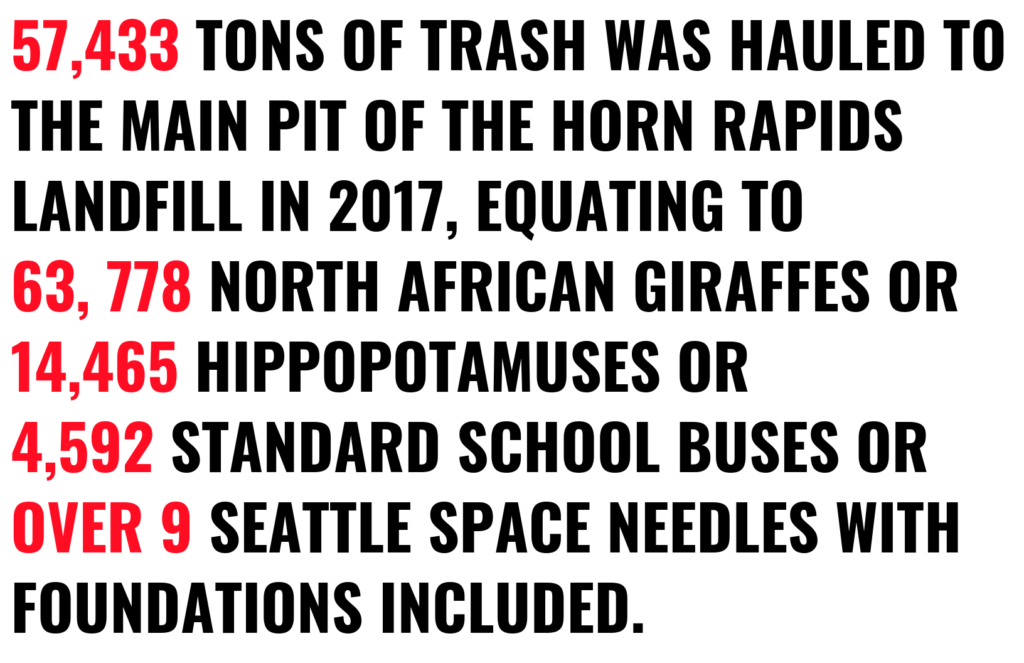
Should you recycle that?
- Pizza Boxes – NO! The paper fibers will not be able to be separated from the greasy oils during the pulping process.
- Disposable Coffee Cups – NO! There is a thin layer of plastic coating the paper cup.
- Yogurt Cups – NO! Many municipalities no longer accept plastics numbered 3 to 7, which can also include things like butter tubs and vegetable oil bottles.

IS IT WORTH IT?
As the cost of recycling continues to rise, it can seem like the price may outweigh the positive impacts. However, you have options that work in tandem with recycling. You can reduce the amount of material that needs to be recycled by purchasing products in bulk or with limited packaging. Reusing items will prevent waste ending up in landfills; saving materials, time and energy used during the original manufacturing process.
